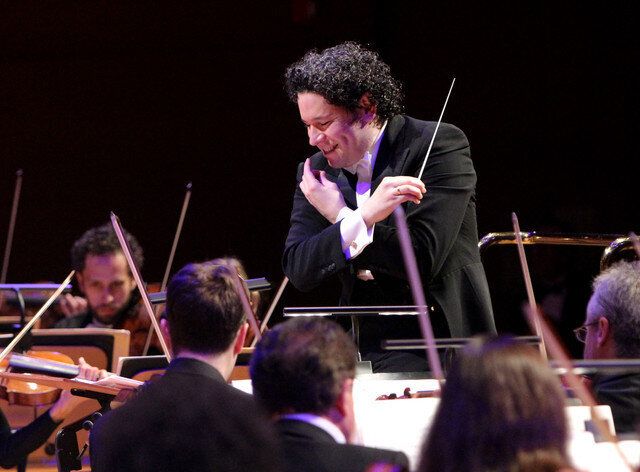
I have long taught my students that arts management requires as much creativity as playwriting, choreographing and composing. But I think I have to amend my class notes. While I still believe the best arts managers are those who come to solutions that are based on their organizations' unique situations, there are many arts managers who do not bring that level of creativity to their work. If an organization is stable artistically and financially, and operating in a relatively stable environment, the arts manager in charge need not necessarily develop creative solutions. One can simply continue doing the same things, year after year.
However there are precious few of these organizations left in our chaotic arts world. Few organizations would characterize themselves as stable and fewer would suggest their environments are stable.
And, unfortunately, the organizations that have been led by the plodders -- the ones who continued to behave inertially, doing the same things every year -- have become rigid and unable to react flexibly to each new exogenous shock to the arts world. These are the organizations facing the biggest budget crises today.
There are numerous exceptions that prove the rule. I will cite just three:
-- The way Deborah Borda has led the Los Angeles Philharmonic shows that orchestras need not be calcified, in trouble and out of touch with their communities. She has created one of the most exciting arts organizations in the nation through ground-breaking programming and, of course, the engagement of Gustavo Dudamel as Music Director.
-- Peter Gelb's introduction of opera in movie theaters is a classic example of taking the strengths of an organization and exploiting them in new and creative ways. One can argue over the strengths and weaknesses of his productions (and arts managers of important arts organizations will always be in the cross-hairs) but no one can say he has not been a true arts management innovator.
-- Sharon Luckman has guided the Alvin Ailey organization since the mid-1990s. Has there been a tenure of an arts leader that has been characterized with as much change -- including changes of artistic leadership, rapid budget expansion and construction of a huge new facility -- yet with as little drama as Sharon's? At every turn, Sharon has developed the right answer for Ailey, and the company has benefited hugely with an era of peace and accomplishment.
These arts leaders, unfortunately, are not the norm but they are role models for all of us to study and emulate. They reveal the benefits of good planning, creative thinking and evaluation of the specific environments in which they operate and the particular strengths and weaknesses of their own organizations. They are also fearless implementers who are unafraid of putting their plans into action.
There are, of course, many other arts managers of similar skill working in arts organizations both large and small across the nation and the world. As a group, they refute the conventional wisdom that all arts organizations are in trouble, formal arts organizations are outmoded and that the arts world is doomed.
